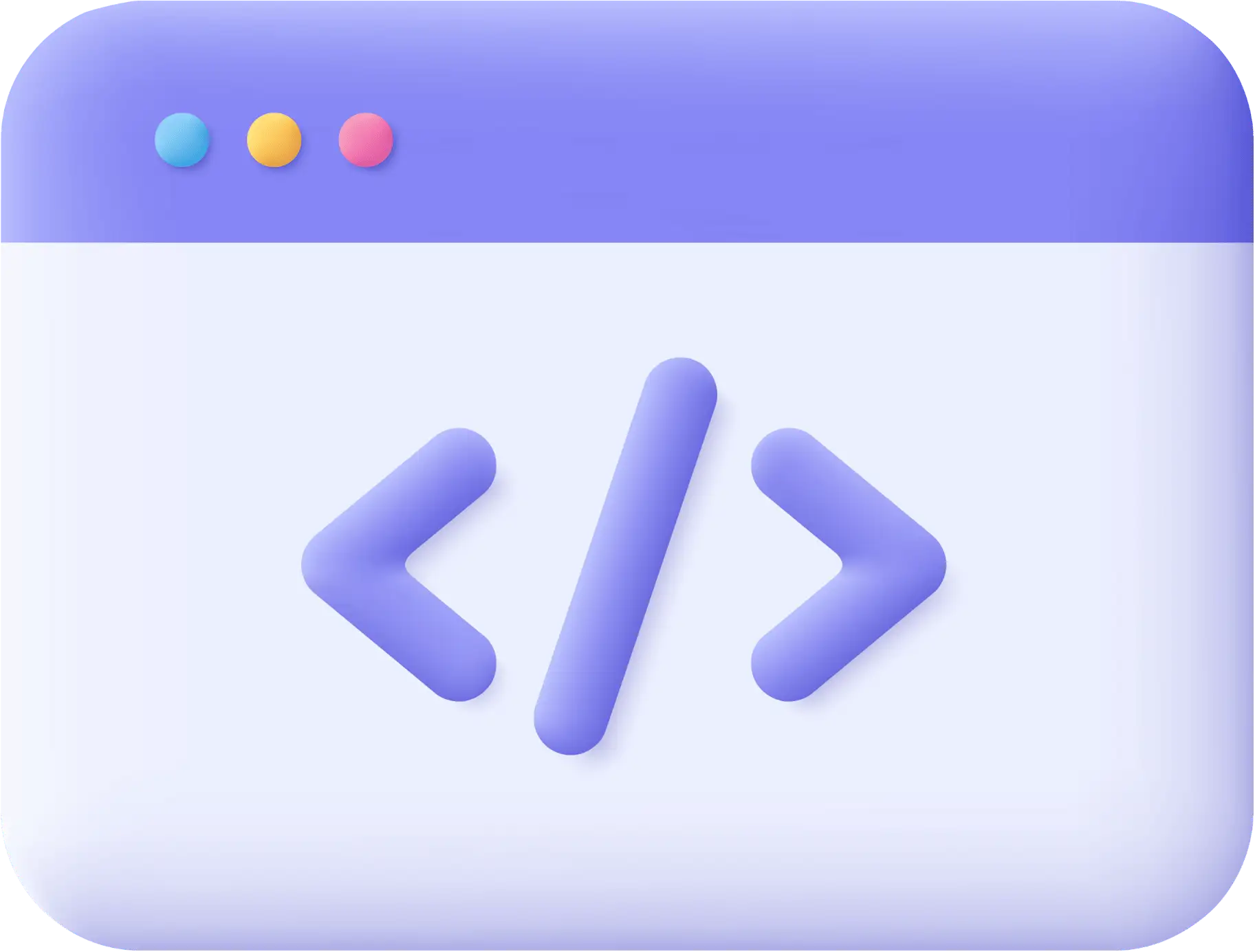Understanding NFTs: The Future of Digital Ownership
Non-Fungible Tokens (NFTs) are revolutionizing the way we perceive ownership and value in the digital realm. This comprehensive guide explores what NFTs are, how they function, their applications, and the market dynamics surrounding them. With insights from Dedapps, learn how to navigate this exciting landscape.
What is an NFT?
An NFT is a unique digital asset that represents ownership of a specific item or piece of content on the blockchain. Unlike cryptocurrencies such as Bitcoin or Ethereum, which are fungible and can be exchanged for one another, NFTs are one-of-a-kind and cannot be replaced or exchanged on a one-to-one basis. They can represent various digital items, including art, music, videos, and even virtual real estate.

Understanding the concept of Non-Fungible Tokens (NFTs). Source: Dedapps.
How Do NFTs Work?
NFTs operate on blockchain technology, which ensures transparency and security. Here’s a brief overview of how they work:
- Blockchain Technology: NFTs are created and stored on a blockchain, typically Ethereum, which maintains a secure and decentralized record of ownership.
- Smart Contracts: Smart contracts govern the terms of the NFT, including its ownership transfer and royalty arrangements.
- Unique Metadata: Each NFT has unique metadata that distinguishes it from other tokens, providing details such as creator information, ownership history, and attributes.
What Are NFTs Used For?
NFTs have diverse applications across various industries:
- Digital Art: Artists can tokenize their work, ensuring authenticity and ownership while earning royalties on secondary sales.
- Gaming: In-game assets like skins, characters, and virtual land can be owned and traded as NFTs, enhancing player engagement and investment.
- Collectibles: NFTs enable the creation of unique digital collectibles, allowing fans to own limited-edition items from their favorite franchises.
- Real Estate: Virtual real estate can be bought and sold as NFTs, enabling ownership of digital properties in virtual worlds.
How NFTs Are Bought and Sold
NFT transactions typically occur on specialized marketplaces where buyers and sellers interact. The process generally involves:
- Selecting a Marketplace: Popular NFT marketplaces include OpenSea, Rarible, and Foundation, where users can browse and purchase NFTs.
- Wallet Connection: Users connect their crypto wallets to the marketplace to facilitate transactions using cryptocurrency.
- Bidding or Direct Purchase: NFTs can be bought directly at a set price or through auctions, where buyers place bids until the auction ends.

The process of buying and selling NFTs on marketplaces. Source: Dedapps.
The Total Value of NFTs in the Market
As of 2024, the NFT market has seen significant growth, with a total market capitalization reaching approximately $40 billion. Daily trading volume fluctuates, averaging between $1 billion to $2 billion, indicating strong market activity and interest.
Community Importance and Audience Reach
Communities play a vital role in the success of NFT projects. Engaged communities foster loyalty, drive demand, and enhance visibility. Successful NFT projects often cultivate communities through platforms like Discord, Twitter, and Telegram, allowing fans and collectors to connect, share, and participate in discussions.
The audience reach of NFTs is broad, spanning artists, gamers, collectors, and investors. As more people become aware of the value and potential of NFTs, the market continues to attract diverse participants, contributing to its growth.
Conclusion: The Future of NFTs
NFTs represent a transformative force in the digital landscape, providing new avenues for ownership, creativity, and community engagement. As the market continues to evolve, staying informed about trends, collaborations, and community dynamics is essential. With Dedapps by your side, you can effectively navigate the NFT space, ensuring your project thrives in this exciting new world.





